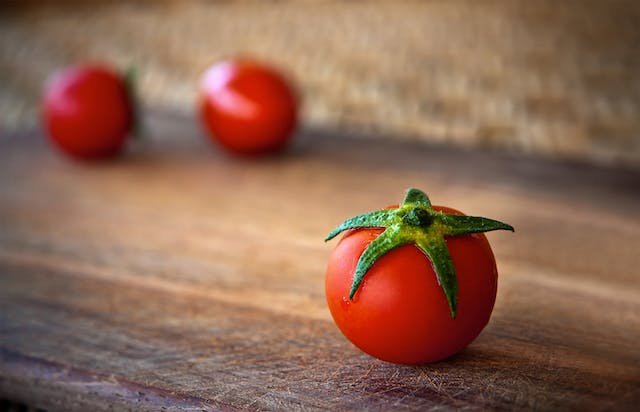Physical Address
304 North Cardinal St.
Dorchester Center, MA 02124
Physical Address
304 North Cardinal St.
Dorchester Center, MA 02124

Let’s put an end to the ongoing debate about whether a tomato is a fruit or a vegetable. The tomato, found in the Solanum lycopersicum plant, possesses qualities of both. Regardless of whom you ask, there is sufficient evidence from various perspectives, including scientists, culinary experts, and even the U.S. Supreme Court.
This edible part of the plant is rich in vitamins, minerals, fibre, and potassium while being low in fat. Whether eaten raw or cooked, tomatoes offer nutritional benefits. Additionally, they are packed with antioxidants and contain lycopene, a natural compound responsible for their red colour, which might play a role in reducing certain disease risks. The debate may persist, but the tomato’s dual nature as both a fruit and a vegetable is undeniable.

The distinctions between fruits and vegetables are rooted in their growth process. In basic terms, fruits develop from the flowering part of a plant, called the ovary. This phase begins after the flower blooms and falls. When the growth matures and becomes ripe, it is categorized as a fruit due to containing seeds and having sweet or sometimes sour, edible flesh. Fruits tend to be higher in sugar content, contributing to their natural sweetness.
In contrast, vegetables encompass any other edible part of a plant, such as the leafy stalks of kale, broccoli and cauliflower heads, and the tubers of root vegetables like carrots and potatoes.
When it comes to the culinary perspective, the distinction becomes less clear. According to Insider, the confusion arises because “vegetable” is more of a culinary classification than a botanical one. In the kitchen, fruits and vegetables are primarily categorized based on taste, with fruits being sweet and most vegetables being savoury. As a result, these two categories are commonly used differently as ingredients in various dishes.
In the world of plants, tomatoes fall into the category of fruits. This is because they meet all the criteria for being classified as fruits. According to botanical standards, fruits originate from the ovary, which is the female part of the plant. Inside the ovary, tiny ovules transform into seeds, eventually forming what we commonly know as fruit.
Tomatoes, like pumpkins, peppers, eggplant, okra, peas, avocado, and string beans, follow a similar growth process. Once the tomato plant produces yellow flowers, the tomato emerges, containing a centre filled with seeds. This aligns with the fundamental characteristics of a fruit.
This botanical perspective sheds light on the age-old debate of whether certain foods are fruits or vegetables. By understanding the growth process, we can appreciate that tomatoes, despite their common culinary classification as vegetables, are indeed fruits from a botanical standpoint.
In 1893, the U.S. Supreme Court settled the debate over whether a tomato is a fruit or vegetable in the case of Nix v. Hedden. John Nix, a produce distributor, contested President Chester A. Arthur’s Tariff Act of 1883, arguing that tomatoes should be taxed as fruits due to their botanical classification. However, the court ruled in favour of categorizing tomatoes as vegetables for import taxation purposes.
The U.S. Department of Agriculture reinforces this classification, including tomatoes in the “red and orange vegetable” category in its Dietary Guidelines for Americans. This classification extends to 100% tomato juice as well.
From a nutritional standpoint, tomatoes align with the vegetable category due to their savoury taste and low fructose content. Although raw tomatoes are considered low in sugar, when added to canned soups, sauces, or fruit juices, the sugar levels significantly rise. Tomatoes’ natural acidity can be balanced with a pinch of white sugar or baking soda, enhancing the flavour of tomato sauce.
Regardless of its classification as a fruit, the tomato is a versatile vegetable that complements various dishes, whether grilled, stewed, or enjoyed fresh in salads or sandwiches. Eating tomatoes in season ensures the best taste, but preservation methods can extend the enjoyment of their summery flavour throughout the year.